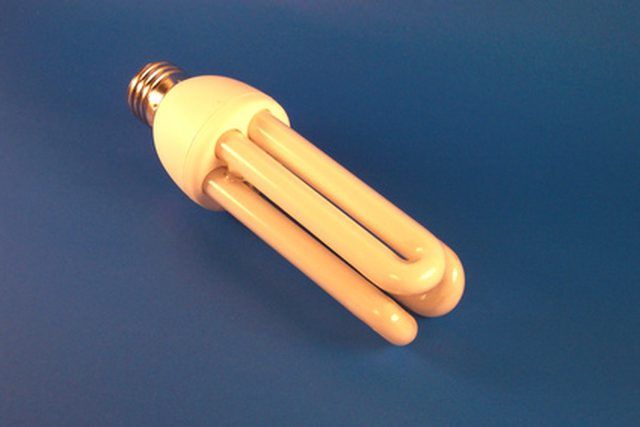Bulbs
Flower Basics
Flower Beds & Specialty Gardens
Flower Garden
Garden Furniture
Garden Gnomes
Garden Seeds
Garden Sheds
Garden Statues
Garden Tools & Supplies
Gardening Basics
Green & Organic
Groundcovers & Vines
Growing Annuals
Growing Basil
Growing Beans
Growing Berries
Growing Blueberries
Growing Cactus
Growing Corn
Growing Cotton
Growing Edibles
Growing Flowers
Growing Garlic
Growing Grapes
Growing Grass
Growing Herbs
Growing Jasmine
Growing Mint
Growing Mushrooms
Orchids
Growing Peanuts
Growing Perennials
Growing Plants
Growing Rosemary
Growing Roses
Growing Strawberries
Growing Sunflowers
Growing Thyme
Growing Tomatoes
Growing Tulips
Growing Vegetables
Herb Basics
Herb Garden
Indoor Growing
Landscaping Basics
Landscaping Patios
Landscaping Plants
Landscaping Shrubs
Landscaping Trees
Landscaping Walks & Pathways
Lawn Basics
Lawn Maintenance
Lawn Mowers
Lawn Ornaments
Lawn Planting
Lawn Tools
Outdoor Growing
Overall Landscape Planning
Pests, Weeds & Problems
Plant Basics
Rock Garden
Rose Garden
Shrubs
Soil
Specialty Gardens
Trees
Vegetable Garden
Yard Maintenance
Sunlight Vs. Artificial Light in Plant Growth
Sunlight Vs. Artificial Light in Plant Growth. Most people would prefer to rely on the sun for their plants, as it is natural, provides the full spectrum light and does so for free. However, many have little option but to rely on artificial lights for their indoor plants. While plants generally do not utilize green-spectrum light, blue light is...
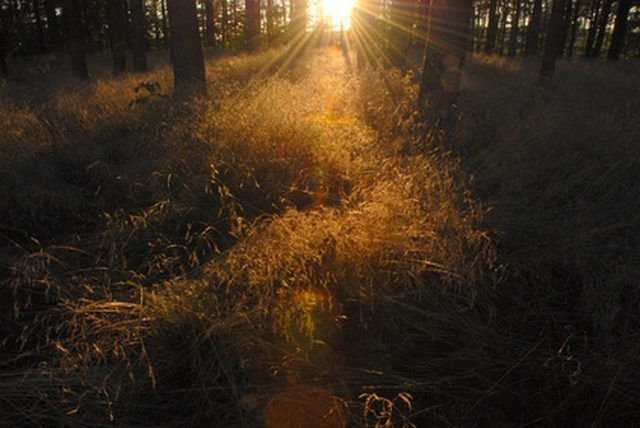
Most people would prefer to rely on the sun for their plants, as it is natural, provides the full spectrum light and does so for free. However, many have little option but to rely on artificial lights for their indoor plants. While plants generally do not utilize green-spectrum light, blue light is essential for plant growth and development and red light promotes flowering. Many artificial lights provide both spectrums, though to varying degrees, so you must decide what you wish to grow before choosing an artificial light source.
Sunlight
While sunlight provides plants with the full spectrum of light, plants in northern or southern latitudes will receive less sunlight while summer wanes toward winter and the days shorten. As the sun tracks across the sky—or, more accurately, as the planet rotates—obstacles such as trees, telephone poles or other tall objects can block the light periodically. For indoor plants, only those raised up against wide, south-facing windows are apt to collect enough light from the sun.
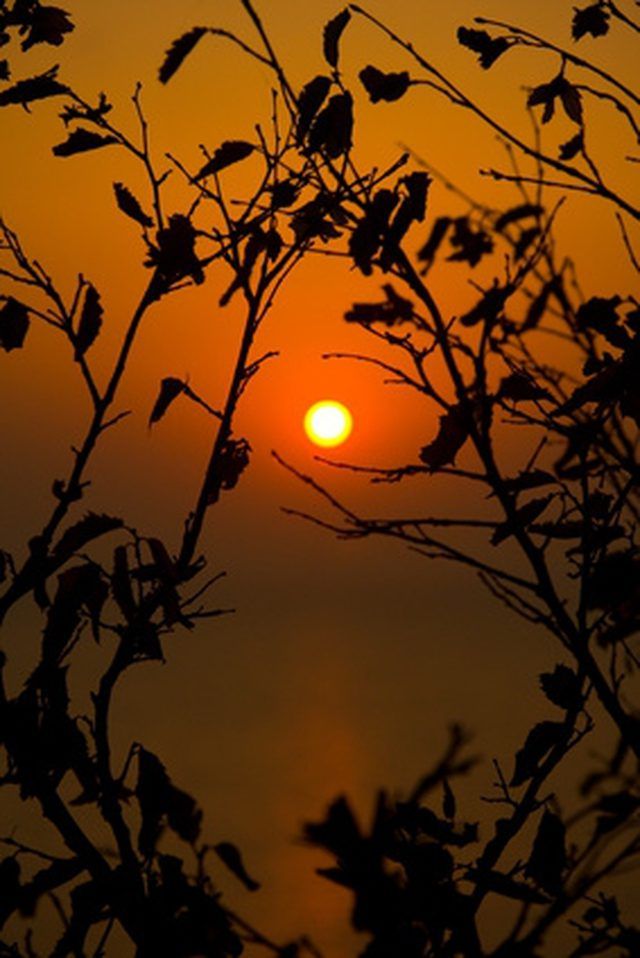
Artificial Light
One of the main benefits of artificial light is that you can control how many hours of light per day your plants receive. This way, those living in northern or southern latitudes can provide their plants with light for growth and development even when the sun sets early, in essence tricking the plants into believing that it is summertime and that they should continue to grow rather than become dormant or, in the case of annuals, die. In addition, your plants will receive constant direct light for as long as you leave the lights turned on.
Incandescent Light
Although affordable, incandescent lights provide little of the blue-spectrum light essential to plant growth. They are less efficient than other artificial lights as they produce less illumination while utilizing more energy. To draw the most benefit from an incandescent light, you would have to place it close to your plants, and because incandescent lights produce more heat than other types of bulbs, this would likely result in burning your plants. Incandescent bulbs also have very short lives.
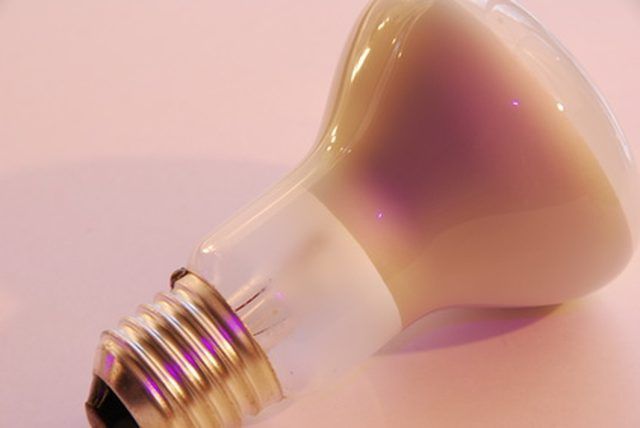
High-Intensity Discharge Light
High-intensity discharge lights produce far more illumination while using much less electricity than incandescent bulbs. In addition, while they produce a considerable amount of heat, you can hang them twice as far away from your plants as you would an incandescent bulb, so burning of the plants is less likely. High-pressure sodium lamps emit much red-spectrum light and little in the blue spectrum, making them ideal for greenhouse flowers to supplement natural sunlight and encourage blooming. Metal halide bulbs emit more blue-spectrum light, making them perfect for indoor growing operations for plants that will not flower, such as decorative plants and herbs. HPS bulbs last 12 times longer than incandescent bulbs, and MH bulbs can last five times as long.
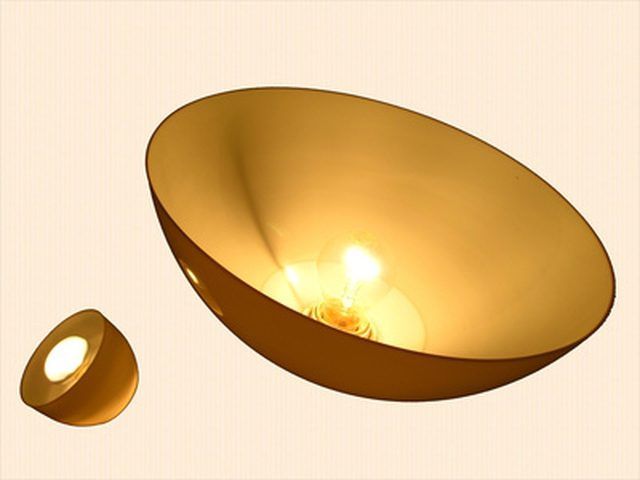
Fluorescent Light
Fluorescent lights produce less luminosity than high-intensity discharge lights, though far more than do incandescent bulbs. Fluorescents also produce very little heat and can hang very close to your plants. Bulbs rated in the higher Kelvin temperature range (5,000 to 6,500) emit more blue-spectrum light and those in the lower range (2,700 to 3,000) emit more red-spectrum light, although both also provide full-spectrum light in lower intensities. Compact fluorescent lights will last five times as long as incandescent bulbs, and the straight T-5 full-spectrum fluorescents will last 10 times as long.
